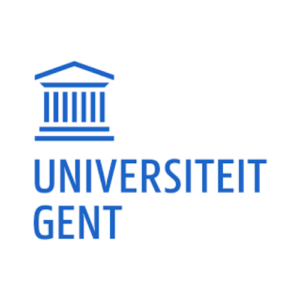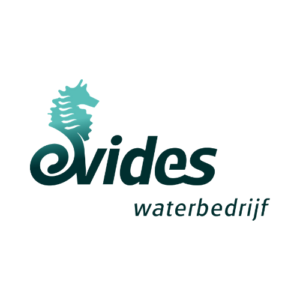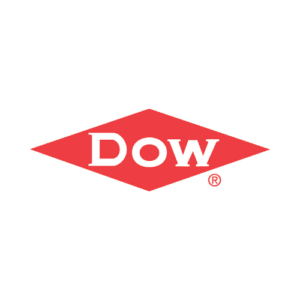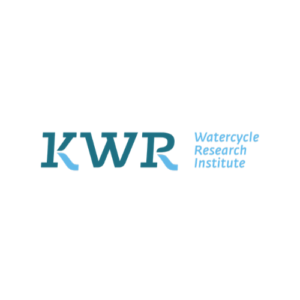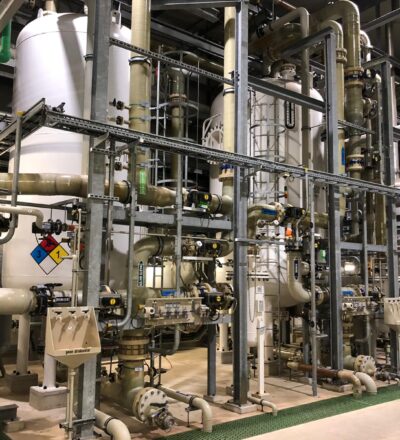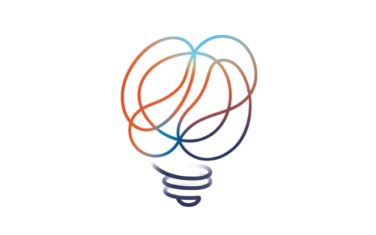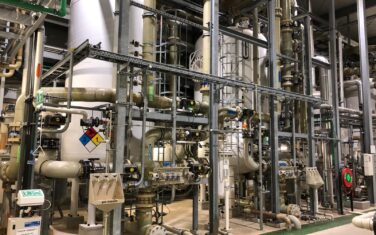This project focuses on requiering better insights into the distribution and behaviour of conditioning chemicals that is used in their steam-water cycles and condensate polishing.
Process industries strive for more efficient use of water, saving energy and reducing thermal load of effluent discharged on surface water. This requires better insights into the distribution and behaviour of conditioning chemicals (and their breakdown products) used in their steam-water cycles and condensate polishing.
Project goals
The project aims are threefold:
- Increased insight in the fate of conditioning chemicals (and the resulting protection) in stream-water cycles.
- Improved steam conditioning and condensate polishing and treatment, so that more condensate can be returned.
- Improved knowledge on harmful effects of different organic carbon (TOC) components, in relation to boiler feed guidelines.
Technical work packages
The project has three specific technical work packages. The first work package aims to elucidate the fate of boiler feed water conditioning chemicals after going through the steam cycle, including formation of breakdown products, distribution over the system and corresponding long-term impact on the metallurgy in the system.
The second work package aims at improved options of treating “off-spec” condensates, as well as heavily impaired process condensates, to increase water usage efficiency in the plant.
The third work package links the insights of the first work packages to corrosion measurements. This to improve insight in required boiler feed water treatment (especially with respect to TOC removal) and conditioning for improved protection of the plant. The scope includes filming and neutralizing amines and circuits operating at elevated temperature/ pressure (350-550 °C, 30-130 bar).
Expected results
This project results in a better description and modelling of the behavior, distribution and effect (in combination with proper monitoring) of different amines and organic pollutants, as well as their respective breakdown products in steam/ condensate circuits at elevated temperatures.
The project also delivers improved treatment options for “off-spec” and heavily impaired condensates, and will develop a robust Condensate Quality Assurance system.
You might also be interested in
Acknowledgement & partners
This project is co-funded with subsidy from the Topsector Energy by the Ministry of Economic Affairs and Climate Policy.
